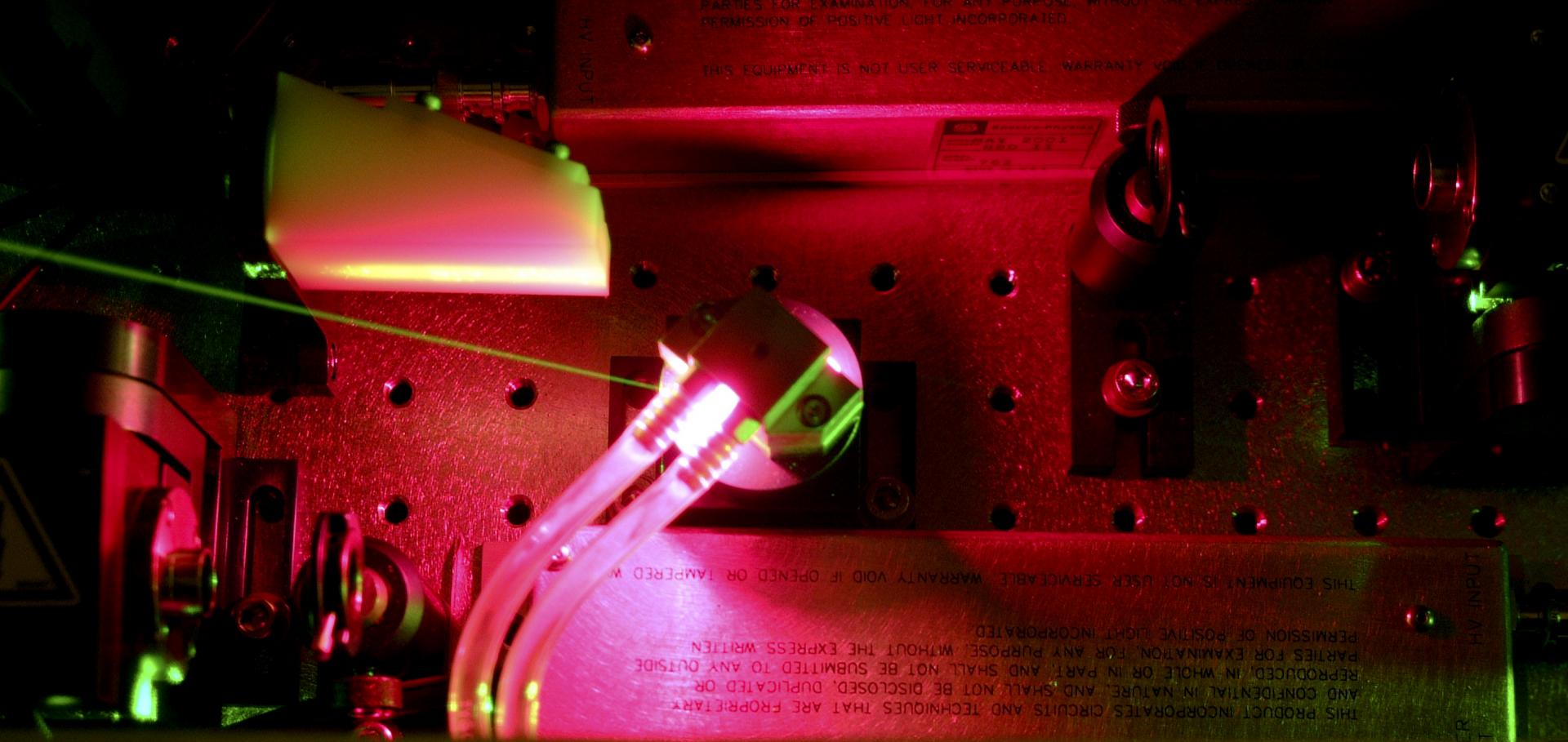Guiding of high-intensity laser pulses in 100mm-long hydrodynamic optical-field-ionized plasma channels
(2020)
Nonlinear plasma wavelength scalings in a laser wakefield accelerator
Physical Review E American Physical Society 101:2 (2020) 23209
Abstract:
Laser wakefield acceleration relies on the excitation of a plasma wave due to the ponderomotive force of an intense laser pulse. However, plasma wave trains in the wake of the laser have scarcely been studied directly in experiments. Here we use few-cycle shadowgraphy in conjunction with interferometry to quantify plasma waves excited by the laser within the density range of GeV-scale accelerators, i.e., a few 10(18)cm−3. While analytical models suggest a clear dependency between the nonlinear plasma wavelength and the peak potential a0, our study shows that the analytical models are only accurate for driver strength a 0≲1. Experimental data and systematic particle-in-cell simulations reveal that nonlinear lengthening of the plasma wave train depends not solely on the laser peak intensity but also on the waist of the focal spot.Nonlinear plasma wavelength scalings in a laser wakefield accelerator
(2020)
Eupraxia, a step toward a plasma-wakefield based accelerator with high beam quality
Journal of Physics: Conference Series IOP Science 1350:1 (2019)
Abstract:
The EuPRAXIA project aims at designing the world's first accelerator based on advanced plasma-wakefield techniques to deliver 5 GeV electron beams that simultaneously have high charge, low emittance and low energy spread, which are required for applications by future user communities. Meeting this challenging objective will only be possible through dedicated effort. Many injection/acceleration schemes and techniques have been explored by means of thorough simulations in more than ten European research institutes. This enables selection of the most appropriate methods for solving each particular problem. The specific challenge of generating, extracting and transporting high charge beams, while maintaining the high quality needed for user applications, are being tackled using innovative approaches. This article highlights preliminary results obtained by the EuPRAXIA collaboration, which also exhibit the required laser and plasma parameters.EuPRAXIA – a compact, cost-efficient particle and radiation source
AIP Conference Proceedings AIP Publishing 2160 (2019)


